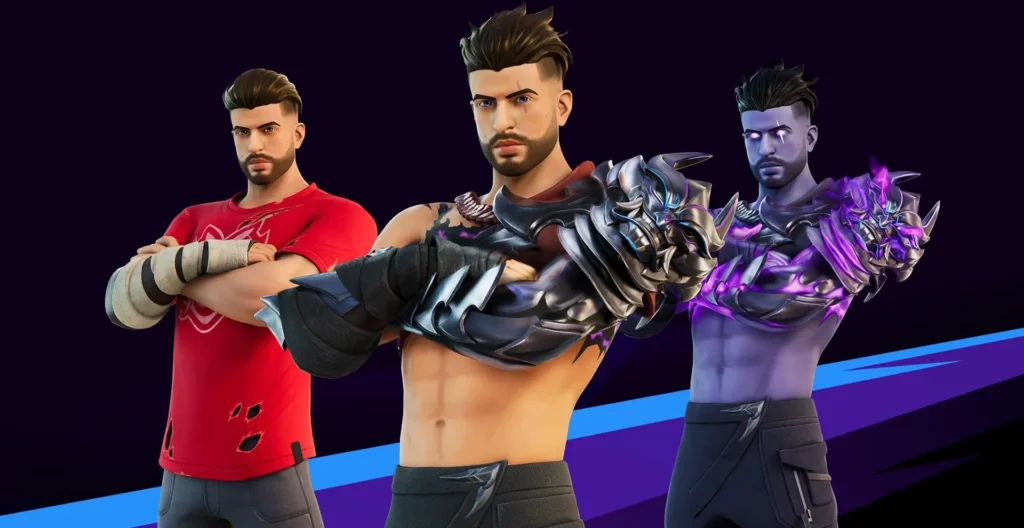Epic Games hosted a spectacular celebration last weekend with a record-breaking 6.2 million concurrent players joining in the gaming zones of Titled Towers and Greasy Grove. This event marked the re-release of Fortnite’s original 2018 map, emphasizing the significant cultural and financial impact the AAA title holds for Epic.
When Fortnite initially launched in 2017, Epic was a 500-person company primarily known for the Gears of War franchise and Unreal Engine. Within a year, Epic’s revenue skyrocketed from $100 million to an astonishing $5.6 billion, with 97% of it attributed to Fortnite. In 2022, the estimated revenue surpassed $6 billion, making Fortnite a pivotal source of income.
Fortnite’s success led Epic to expand its ambitions beyond a single video game, envisioning it as a comprehensive creative ecosystem. The Fortnite Creative mode, designed to introduce regular gamers to the Unreal Engine, aims to encourage user-generated content and turn Fortnite into a platform for thousands of games and digital experiences.
To achieve this, Epic launched Fortnite Creative, intending to engage its 70 million monthly active users in the creative process. Epic acknowledges that relying solely on its staff for game development is not feasible and is focused on building systems that scale to millions, providing economic incentives for participants.
Epic is subsidizing this initiative by distributing a portion of Fortnite revenue to creators on its platform. In the first six months of the program, Epic distributed $120 million to creators, with projections indicating potential earnings ranging from pocket change to millions. Some creators have already become millionaires, exemplified by Dylan Johnson, a former Covid ICU nurse, who earned an estimated $8 million from his mini-game Go Goated.
As user-generated content gains traction, new content studios led by Fortnite enthusiasts have emerged, hiring freelance contractors with Fortnite expertise. These grassroots companies are navigating the evolving landscape, creating content that resonates with changing player preferences.
Epic’s monthly payouts to creators have also attracted established streamers and YouTubers, providing an alternative revenue stream. The Creative mode serves as a new way for content creators to engage and monetize their audiences, with monthly payouts from Epic rivaling or exceeding earnings from streaming and video content.
While creators experiment with designing their games, some have found success in developing game-like advertising experiences for brands seeking to connect with a younger audience. Concerns about dependence on Epic’s platform persist among creators, emphasizing the importance of Fortnite’s continued popularity.
Epic aims to convince major game studios that developing original titles for Fortnite offers more opportunities than the open market. Despite being a lower-margin business, user-generated content is where Epic anticipates significant growth. CEO Tim Sweeney envisions Epic competing with content giants like YouTube and Netflix, positioning itself for the emergence of a robust metaverse. As Epic navigates this evolving landscape, the company is determined to drive innovation and be a key player in shaping the future of digital experiences.

